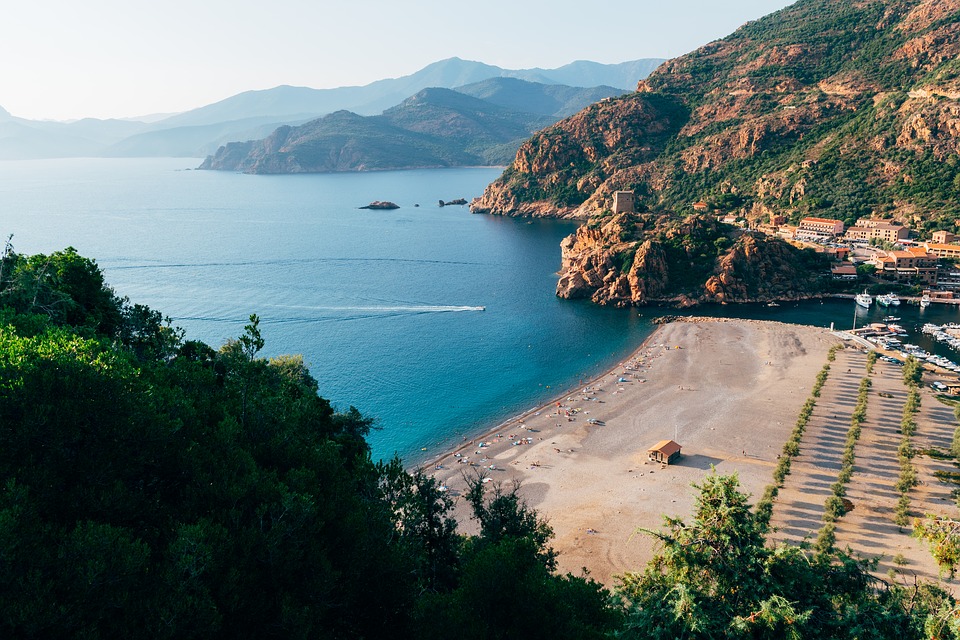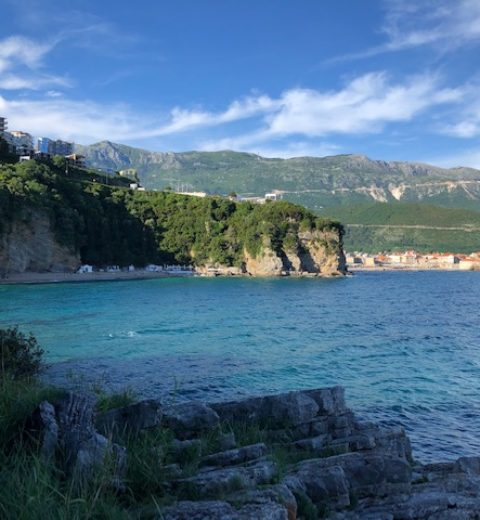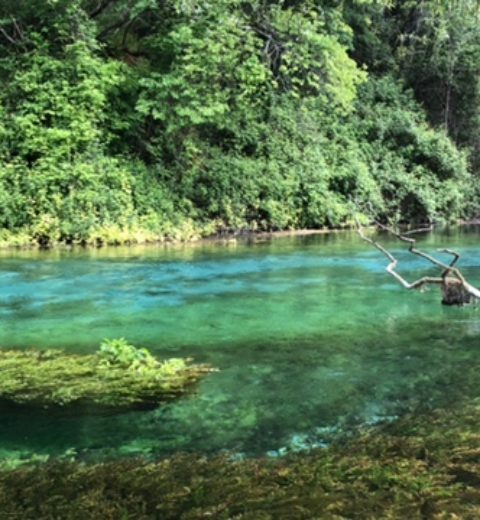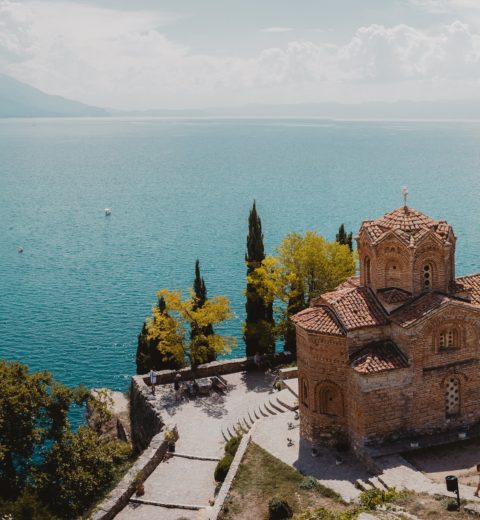Nonza | The black beach of Corsica
Corsica is a land of strong contrasts. Although nominally part of France, don’t dare call these islanders French and although more culturally similar to Italians, at most they feel more connected to the more isolated neighbouring island of Sardinia than with mainland Italy.
Corsicans are fiercely independent but at the same time the island’s main source of income is tourism (mainly of French and Italians) flocking to explore the region’s rugged interior, its many remote villages and towns and of course, the many gorgeous and untouched beaches.

Nonza is one of the many suggestive localities on the island. Situated roughly half way up the Cap Corse, (a narrow peninsula that shoots out like a finger from the north-eastern coast) the town counts a whopping 70 inhabitants. During summer a tourist invasion occurs. It must be said though that Corsica is far from being a mass tourism destination, making the atmosphere much more serene than other more clogged holiday hotspots.
Thankfully for the locals, outsiders are confined to the many camping sites around the village or in nearby larger towns (daytrips from Bastia, the second largest city in Corsica are also very doable as the distance is only about 35 km).

The village itself is particularly built in terraces upward. A remnant of defensive construction against enemy raids from the seas during medieval times. The whole coast of Cap Corse is disseminated with watchtowers mostly built by the Genoese that served as lookouts for pirates and invaders.
Nonza is also famous throughout all of Corsica for being the site of the martyrdom of Saint Giulia, patron saint of Corsica who was executed by the Romans in the 4th century AD for refusing to renounce Christianity. A church which serves as a gathering place for the village was built on the site.
Nonza’s unique black sand beaches though are obviously the main draw. Though not actually sand but more a mix of smooth pebbles which, when washed by the sea, acquire their onyx colour. The distinct colouring comes from the dark stones of the surrounding Corsican Alps. On clear days one can distinctly make out the higher peaks of the mountain chain from the sea creating a double contrast of mountain and sea on one hand and dark colours of the beach meeting the piercing blue of the Mediterannean.
A common sight on Nonza’s beach are arrangements of white stones on the black beach made by both tourists and locals marking their presence. An important thing to keep in mind is to always wear footwear on the beach especially during hotter hours as the blackened pebbles become scorching.
This is the only mild inconvenience in a place that is truly both beautiful and singular. Nonza, as previously mentioned is also close to may other stunning locations in northern Corsica. Bastia, Calvi, Bonifacio, San Fiorenzo and many others are all in the one hour drive radius and should definitely be visited, and that’s excluding the rest of the island. So visit this wild and ruggedly beautiful land, still untouched by mass tourism.
If you’re looking for an alternative, tranquil, cheap (relatively) and endlessly fascinating Mediterranean destination, you won’t regret it.






